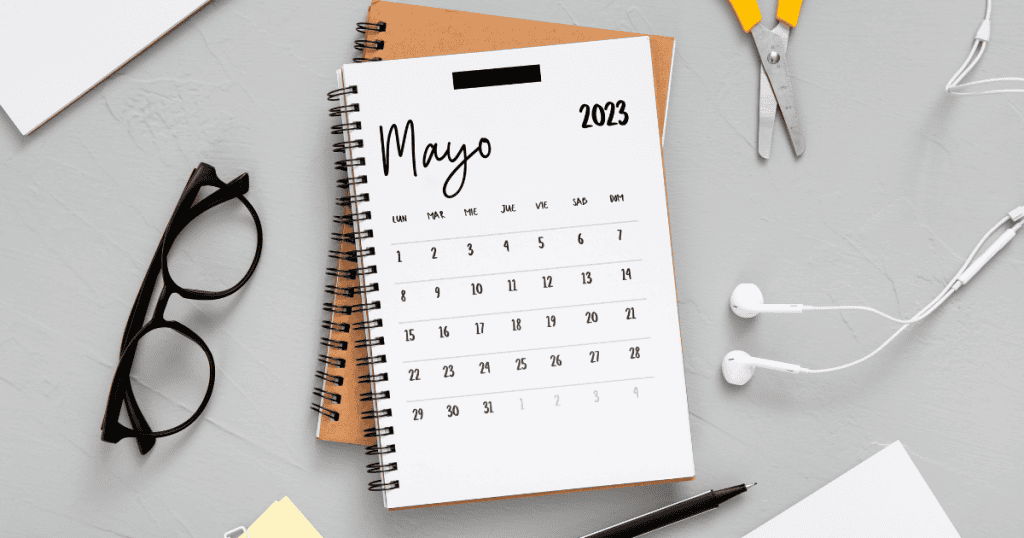Documentation saved my sanity.
In the fog of narcissistic abuse, words become weapons, memories get twisted, and you’re left questioning your own reality.
But the moment you begin to write things down, you take the first step toward starving the narcissist of their most dangerous weapon: control over the narrative.
I still remember the breaking point.
My mother had just finished berating me over something I supposedly did when I was young.
She swore I had insulted her, that I had “admitted it,” and my younger brother chimed in, parroting her words as if they were fact.
I knew I hadn’t said it, but I had no proof.
And in that instant, I realized that if I didn’t start documenting, their version of events would always win.
From that day forward, I didn’t just “keep notes.” I built an arsenal.
Every entry was a brick in the wall I was building between myself and their manipulation.
This wasn’t journaling. This was a clever strategy to silence them for good.
Table of Contents
5 Ways I Documented Narcissistic Abuse

1. Document Key Incidents Like a Spy
At first, it felt strange to write things down after every encounter. But I knew that if I didn’t, the details would be twisted or erased.
I started by logging conversations word-for-word.
If my narcissistic mother said, “You’re ungrateful, I never treated you like this growing up,” I’d jot it down with the date and time.
If my aunt accused me of “forgetting promises I never made,” I’d document her tone, her words, and even my toxic siblings’ reactions.
I also noted my own responses, so I could see how I handled myself and avoid getting trapped by my emotions later.
Every tiny detail mattered because in narcissistic dynamics, what seems small today often becomes part of a bigger smear campaign tomorrow.
I included who else was present, what the setting looked like, and even what triggered the conversation.
I treated each note as a weapon.
Over time, I had pages upon pages of entries that contradicted the very narcissistic lies they tried to feed me.
Writing it down means regaining control.
And the most empowering part? Reading my notes back reminded me I wasn’t crazy.
It reminded me that my reality mattered, that my experience was valid, and that no matter how loudly they tried to rewrite history, I had the proof to stand my ground.
2. Use a Calendar to Build a Timeline They Can’t Rewrite

Narcissists thrive on confusion.
They jumble timelines, shift stories, and count on you not remembering the sequence of events.
I quickly realized that memory alone wasn’t enough. I needed an unshakable record.
To counter that, I paired my notes with a digital calendar.
If my manipulative mom accused me of “ignoring her calls for weeks,” I checked my calendar and saw the exact day I had answered her and even logged what we spoke about.
I even noted the time of day and her reaction, which helped me see patterns in how she escalated conflicts.
When my toxic brother tried to claim I hadn’t shown up for a family event, my calendar and the photos I took that day proved otherwise.
It was empowering to have an irrefutable record of my presence, down to the hour.
I synced my notes with calendar entries, creating a chronological record that no amount of gaslighting could dismantle.
Over time, their stories started contradicting themselves, and even my cousins began to notice inconsistencies that validated what I had been saying all along.
By keeping the timeline precise, I could trace escalation patterns, identify triggers, and anticipate future manipulation attempts.
My calendar became more than a tool. It was a shield, a visual affirmation that my reality was real, unshakeable, and beyond their ability to control.
3. Record What You Can, As Much As You Can
There’s something surreal about hearing your abuser’s words played back without the fog of emotion.
It’s like stepping outside yourself and seeing the truth in high definition.
One night, after another explosive argument, I discreetly recorded the aftermath.
My mother’s sharp voice, layered with my aunt’s passive-aggressive remarks, validated everything I had been documenting.
I realized I had been gaslit for years, told I imagined their cruelty, that my feelings were overblown.
Listening to the recording proved otherwise.
Not all recordings were legally usable, but that wasn’t the point.
They grounded me in reality when my memory felt like it was betraying me. They silenced the voice in my head whispering, “Maybe it wasn’t that bad.”
I used discreet recording apps, uploaded files to secure cloud storage, and even created encrypted backups.
Even when nobody else heard them, these recordings became my anchor, a reminder that my experience was valid, my reality intact, and that I had every right to protect myself.
Over time, having these recordings made me feel less reactive and more strategic.
I no longer second-guessed my feelings or responses.
I could approach interactions with clarity and foresight, knowing that my documented reality was untouchable.
4. Take Photos With Timestamps

Words can be twisted. Photos, less so.
I began taking time-stamped pictures as quietly as I could.
A screenshot of a text message where my narcissistic brother called me “selfish.”
A photo of the mess left after my toxic sister stormed through my room.
Even selfies during “normal” family events, so if anyone claimed I “wasn’t there,” I had proof.
I kept all photos in hidden folders with duplicates saved to cloud storage. Each image is evidence that they could never spin away.
One picture in particular stands out: the aftermath of an argument where belongings had been thrown around.
That single photo spoke louder than any description I could have written.
It reminded me I wasn’t imagining chaos, that my feelings were justified.
Even when toxic family narratives tried to erase my experiences, I had irrefutable proof of the truth.
5. Organize and Hide Your Evidence Like a Pro

Gathering evidence was one thing. Protecting it was another.
I knew if they found my files, they’d accuse me of betrayal, or worse, destroy them.
So I became strategic and did these things:
- Files were disguised under boring names like “Grocery List 2022.”
- Sensitive notes were stored in encrypted folders and backed up on a hidden cloud drive.
- I kept some evidence on a USB drive hidden in my husband’s things, where I knew no one would look.
- I even created decoy folders with harmless content, so if anyone poked around, they’d never suspect the real documents.
- Periodically, I reviewed and reorganized my files, making sure nothing was outdated or accidentally exposed.
This wasn’t paranoia. It was self-preservation.
Just knowing my documentation was safe gave me mental calm, even in the middle of chaos.
It reinforced that I had control over my reality, and no one, not even a manipulative family member, could erase the truth I had meticulously preserved.
The Moment My Documentation Paid Off

The shift came during a family confrontation.
My mother claimed I had “screamed” at her weeks prior, and my narcissistic siblings jumped in, nodding along.
Normally, I would’ve been crushed under the weight of their collective lies.
But this time, I calmly opened my notes and read back exactly what happened that day, word for word.
I even had a timestamped text message from my cousin that matched my account.
My narcissistic sister shifted uncomfortably, my brother avoided eye contact, and my mom’s smug expression faltered.
The room fell silent. For once, they had no comeback.
My dad, who had quietly been my supporter, later told me he was proud of how I “kept my cool” and “let the truth speak for itself.”
That moment was the beginning of my freedom.
I realized then that evidence isn’t just for legal battles but a shield and a tool that lets you navigate manipulative dynamics with confidence and clarity.
Your Silent Strategy Can Be a Narcissist’s Downfall

Documenting abuse isn’t about revenge. It’s about reclaiming your reality.
It strips the narcissist of their ability to gaslight you. It equips you with proof for allies, therapists, or even legal protection.
Most importantly, it restores your sense of self.
When you document, you starve them of supply.
They can scream, deny, or spin, but you’ve built a fortress of truth they can’t penetrate.
You’re not paranoid. You’re prepared.
Keep your strategy close, your records closer, and your peace protected.
Over time, I noticed a subtle but profound shift in my family.
They began to second-guess their attempts to manipulate, hesitating because they knew I had documentation ready.
The quiet confidence that comes from knowing your truth is empowering.
Sometimes, the strongest message to a narcissist is not words, but the unwavering calm that their lies can no longer touch you.
Related posts:
- Can a Narcissist Be Defeated? Absolutely. But Only If You Play By These Rules
- 9 Psychological Tricks Only Smart Survivors Use Against Narcissists (And Why I Swear By Them)
- How I Stand Up to My Sister’s Manipulation: 9 Things I Did
- How to Defeat a Narcissist Father: 9 Psychological Tips You Can Use Today
- Healing From Narcissistic Family Abuse: My Story, Your Hope


